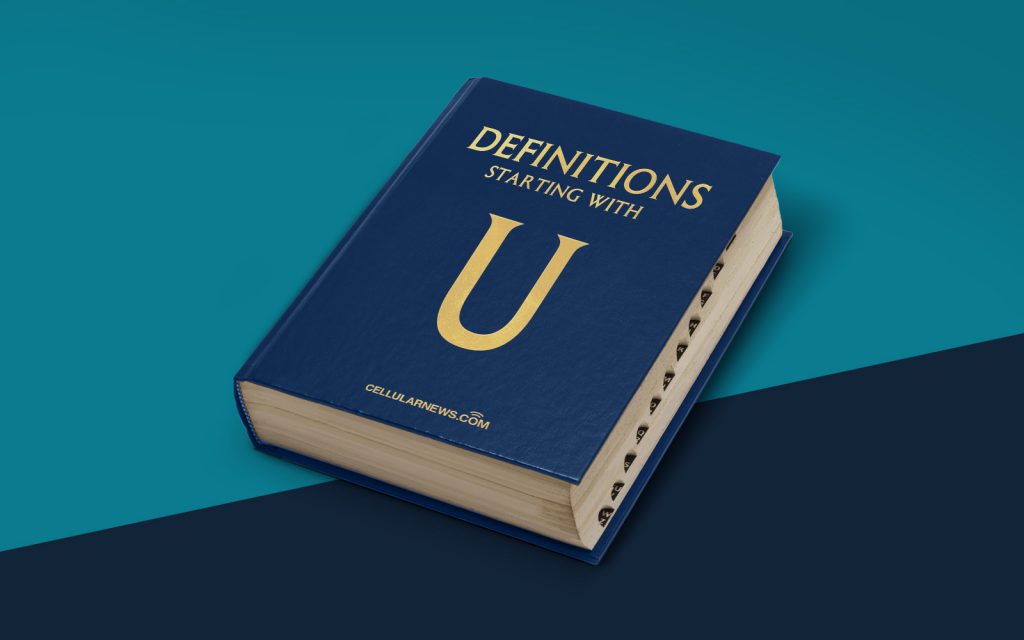
What is User-Centered Design?
Welcome to the “Definitions” category of our page! In this post, we will dive into the concept of User-Centered Design (UCD) and explore why it is crucial in creating successful digital experiences. So, what exactly is User-Centered Design, and how does it impact the way we create products and websites?
Key Takeaways:
- User-Centered Design focuses on designing products and services that meet the needs and preferences of the target users.
- It involves understanding user behavior, conducting research, and involving users in the design process.
Imagine a scenarios where a company develops a new application without considering how users will interact with it. The resulting product may have impressive features and a sleek design, but if it doesn’t cater to the usability needs and preferences of its users, it’s highly likely to fail in the market. This is where User-Centered Design comes in.
At its core, User-Centered Design is an iterative design process that focuses on creating products and services with the end-users in mind. It is a framework that places the user at the center of the design decisions, aiming to deliver intuitive and enjoyable experiences.
So, how exactly does User-Centered Design work? Here are some key steps involved:
- Research: To understand the target audience, their needs, and pain points, extensive research is conducted. This may involve user interviews, surveys, and user testing to gather valuable insights.
- Design: Based on the findings from the research, designers create wireframes and prototypes that align with the user’s goals and expectations. Iterative feedback loops help improve the design and refine the user experience.
- Testing: User testing is a crucial component of User-Centered Design. It involves observing users interacting with the product or website to identify areas of improvement and ensure usability and functionality.
- Iterate: The design is continuously refined based on user feedback and insights gathered throughout the process. This iterative approach helps create products that are user-friendly and align with user expectations.
By following the User-Centered Design process, businesses can create digital experiences that not only meet the needs of their users but also delight them. This approach enhances user satisfaction, increases engagement, and ultimately drives business success. It places the focus on the user rather than the product, ensuring that every decision made is tailored to the target audience.
So, next time you embark on a product or website design journey, remember the power of User-Centered Design. By prioritizing the needs and preferences of your users, you are setting yourself up for success.
